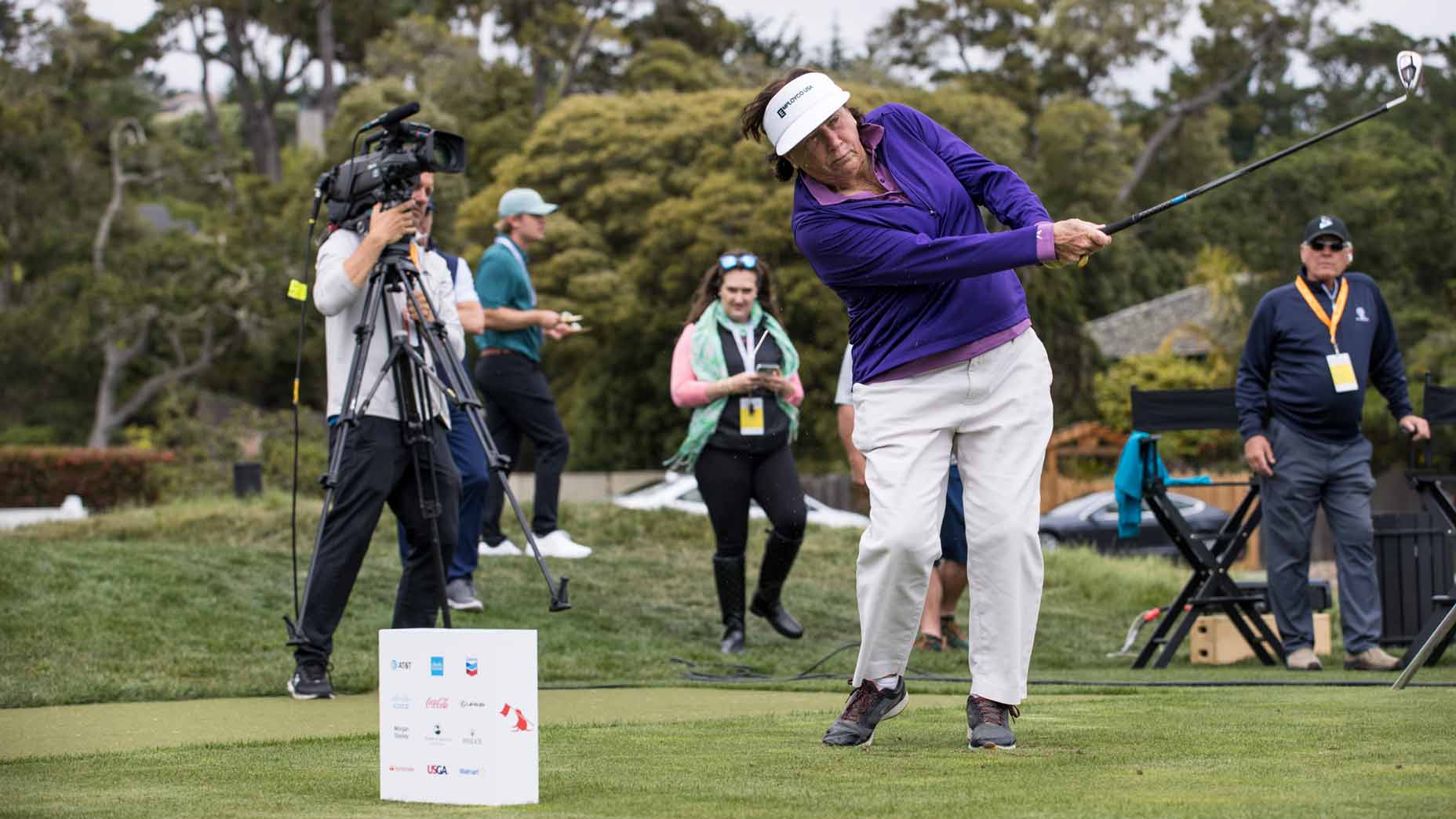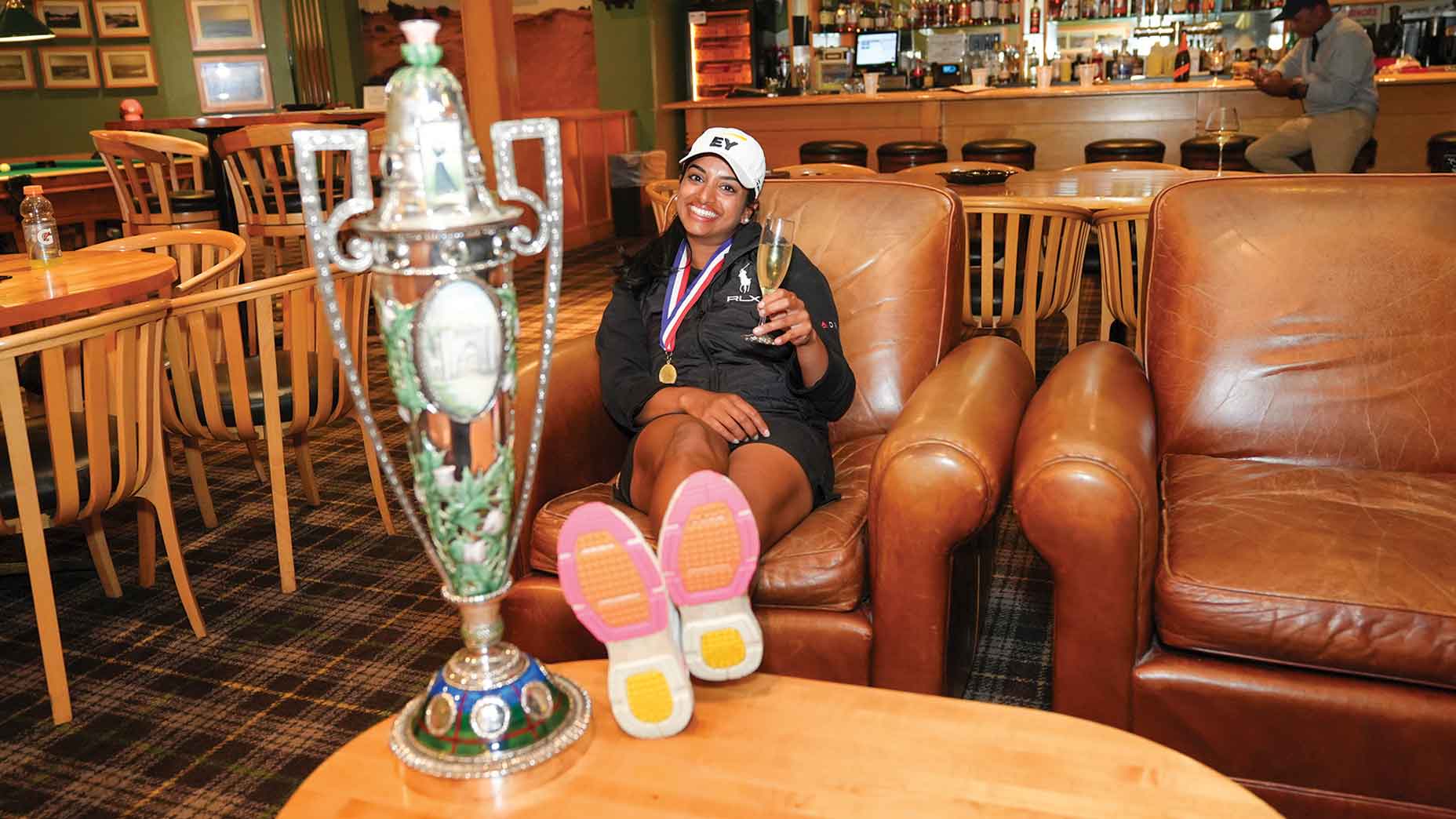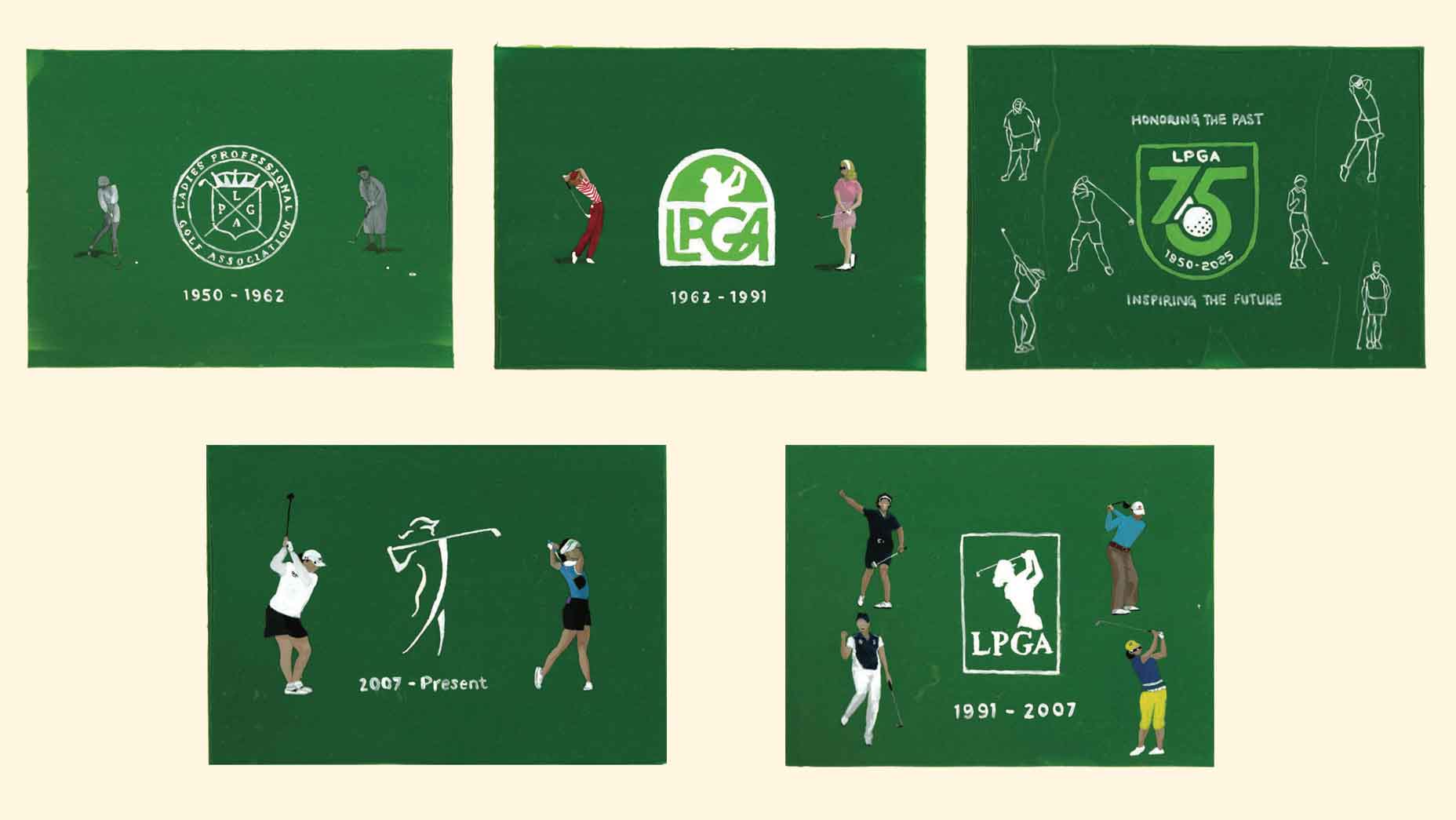PEBBLE BEACH, Calif. — Forty-eight years ago this summer, Amy Alcott played in her first U.S. Women’s Open as a professional, at Atlantic City Country Club, in New Jersey. She finished 18th, earning — well, she can’t recall, but it couldn’t have been much. The purse for the event was just $55,000. The spotlight around it was equally low-wattage. A small gaggle of reporters covered the action. Attendance was so sparse, it hardly could be classified as a “crowd.”
“The difference between then and now is night and day,” Alcott said.
It was a hazy morning in Monterey, and Alcott was standing by the putting green at Pebble Beach Golf Links, site of this week’s U.S. Women’s Open. The official start of play was still a day away, but already the grounds buzzed. Spectators pressed around the fenced-off practice area. Hospitality tents bloomed in the backdrop. Merchandise stands conducted a brisk trade in caps and shirts.
“Women’s golf has become big business,” Alcott said.
This week’s proceedings on the California coast have been hailed as a watershed moment in women’s golf, a showcase of the best female players in the world, staged for the first time at the country’s most storied public course. To appreciate the magnitude of the moment, you could look to the money (a record purse of $11 million, with $2 million set aside for the winner) or the media attention (marathon preview coverage on Golf Channel, and, for the first time on NBC, live telecasts of all four rounds). You might also try to see it through the eyes of Alcott, one of 27 past women’s national championship winners who have turned up at Pebble to watch this week.
“You could say that things have changed since I got my start,” she said.
Born in Kansas City but raised in Southern California, Alcott, 67, groomed her game as a kid by “sneaking through the fence onto Riviera” — a prestigious place to trespass that presaged a precocious junior career. Alcott’s first brush with Pebble came in 1973, when, at 17, she piled into the back of her mom’s Pontiac and rode up the coast to compete in the California Women’s Amateur. A few days later, she rode home with both the women’s course record (69) and the trophy in hand.
She’s playing in the U.S. Women’s Open … and broadcasting itBy: James Colgan
That same year, Alcott competed as an amateur in the U.S. Women’s Open, at the Country Club of Rochester, where she briefly held the lead after an opening 69 before stumbling the next day to miss the cut. She turned pro in 1975, and set a season’s earnings record for a rookie by raking in $25,000.
In both her shot-making and disposition, Alcott was well-suited to tough setups, and a quick study in the U.S. Women’s Open; she notched two top 5s in the event before winning it on her sixth try, in 1980. First place paid $20,000, which, adjusted for inflation, converts to roughly $90,000 today.
Those were “Ozzie and Harriet days” in women’s golf, Alcott said — quaint and throwback. At Pebble this week, 240 media outlets from around the world have applied for credentials. In Alcott’s prime, she needed just one hand to count the reporters at big events, and on the rare weeks when the results made the morning papers, her mom would joke that they needed a microscope to read the tiny print on the back page.
The scant coverage, of course, was partly due to prejudice against women’s sports, which, in turn, was impossible to separate from economics, which influenced the level of media interest, and so on in a ceaseless cycle. When Alcott was starting out, she said, women’s golf received mostly mom-and-pop backing. An exception was toothpaste-maker Colgate, which got behind what was then the Dinah Shore in the early 1970s.
“Otherwise, it was really a lot of small local sponsors,” Alcott said.
From her perspective, change came in the manner of a lot transformations; gradually, then suddenly, propelled by everything from shifting cultural attitudes and global interests to the rise of social media, and more. To the point where the marquee event in women’s professional golf, once barely a blip on the mainstream sporting radar, has morphed into a juggernaut of an occasion, playing out on a gilded platform. Sponsorship dollars, which once came in a trickle, have swelled to something closer to a torrent. When you’re trying to sell the game, it doesn’t hurt to have a place of Pebble’s stature.
Even as Alcott spoke, she was gearing up for a pre-tournament event, an afternoon fundraiser at Peter Hay, Pebble’s par-3 course, where she and 10 other past Women’s Open champs would play in an 11-team scramble, joined on their squads by junior golfers and executives from corporate sponsors: a mix of blue-chip companies and financial giants that had paid $100,000 each for a place on the tee, with all the proceeds going to junior golf.
At Pebble Beach, golf is saying goodbye to one star, hello to anotherBy: Zephyr Melton
Alcott said she was moved by the prospect and also struck by the implications: the scale to which the U.S. Women’s Open has grown, and the potential force for change it has become. She still plays golf, and can get it around nicely. She’ll be in the field at the U.S. Senior Women’s Open, in Oregon, in August
“If I could hit it 20 or 30 yards farther, I’d want to be on the 1st tee here tomorrow competing,” she said.
She looked around, at the crowds milling about, at the expansive infrastructure, and said that she felt tugged in two directions: grateful for what the U.S. Women’s Open has become, but also wistful for what it might have been.
“Half of me is thinking, ‘Wow, this is great,” she said. “The other half is thinking, ‘It’s about time!”












